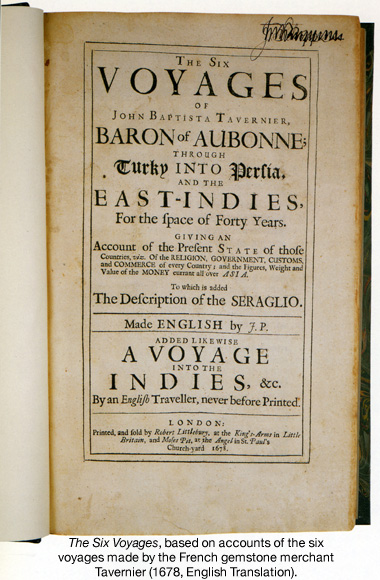
|
When did mankind first start mining gemstones? In Chapter 1 we touched upon the history of 24 gems, but it is easy to imagine that substantial unrecorded mining has also taken place throughout the ages. Once gems formed by volcanic activity have been pushed upward to the surface by shifts in the earth’s crust, wind and rain transport them to become deposits near the surface that are easy to find. Rough gemstones are often found mixed with the dirt and sand carried to riverbeds and beaches in these so-called alluvial deposits. There are several thousand such alluvial deposits in southern Sri Lanka. It is very likely that native people dating back to ancient times discovered rough gems in these alluvial deposits in Sri Lanka and other gemologically rich sources, and we can assume that such gems were highly valued treasures.
In contrast to alluvial deposits there are primary deposits. There are where rough gemstones are found where they formed, pushed up towards the surface from deep within the earth’s crust by geological forces. Primary deposits require organized, large- scale mining. In the case of diamonds, the historical mines of India and Brazil were alluvial deposits, whereas Kimberly in South Africa is a primary deposit. Through the first South African diamond was found by accident, it led to the discovery of the nearby primary deposit where large-scale mining was initiated.
Of the 24 types of gemstones we have discussed, it appears that turquoise, lapis lazuli, and amethyst have been mined the longest. Furthermore, it is known that aquamarine, diamond, emerald, light opal, peridot, ruby, and topaz have been in use since before the time of Christ.
Medium-quality emeralds from the Cleopatra mines in Egypt were used in the Middle East and Europe. In addition, it is believed that the natives of South America had treasured the beautiful Colombian emeralds for many years prior to the invasion of Spain in the 16th century. When reviewing the history of emerald, it is of great interest to learn about the unique civilization thriving on the South American continent 500 years ago.
|